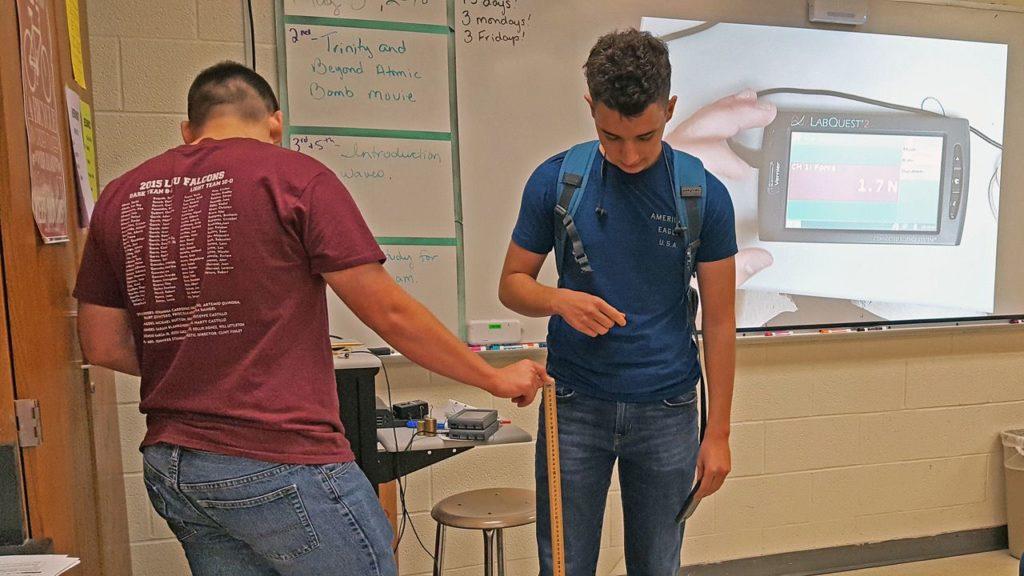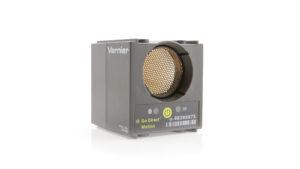Expanded access to hands-on technology has been instrumental in helping my students at Los Fresnos High School, a predominately Hispanic, economically-disadvantaged school on the southern border of Texas, improve their comprehension and district assessment scores. As such, I am always looking for new, exciting, and relevant ways to incorporate data-collection technology into my lessons.
“I have continuously used Vernier technology to create a positive change in my course curriculum and to engage my students at all levels.”
I was first introduced to Vernier technology nearly 10 years ago during my participation in a U.S. Department of Education GEAR UP (Gaining Early Awareness and Readiness for Undergraduate Programs) Grant that allowed me to receive training on the use of data-collection technology. Since then, I have continuously used Vernier technology to create a positive change in my course curriculum and to engage my students at all levels.
When we started the AP Physics program during the 2010–11 school year, for example, I was tasked with creating rigorous labs for the course so that students excelled on state tests. Vernier was an instrumental part of this curriculum and especially helpful in having students practice their graphing skills, which is an area where we saw students’ scores improve. The technology really helped students make connections and see how the data supported the concepts they were learning in class. Plus, the technology was so easy to set up and intuitive to use, which was a big draw.
“The technology really helped students make connections and see how the data supported the concepts they were learning in class. Plus, the technology was so easy to set up and intuitive to use, which was a big draw.”
Today, I continue to engage my physics students in various inquiry-based investigations utilizing data-collection technology, which helped earn me a 2018 Vernier/NSTA Technology Award. This take on the traditional egg drop lab uses a Vernier LabQuest 2, sensors, and other materials to teach students about impulse.
In addition to improving upon existing labs such as this, I plan to use the newly-acquired technology from the Vernier/NSTA Technology Award as an integrated part of my AP Physics course and to prepare students for their end-of-year AP exams. With new rotatory motion sensors, motion detectors, circuit boards, and LabQuest 2 devices, students will have expanded access to even more data-collection technology and will no longer have to rely on simulations to learn key concepts!


